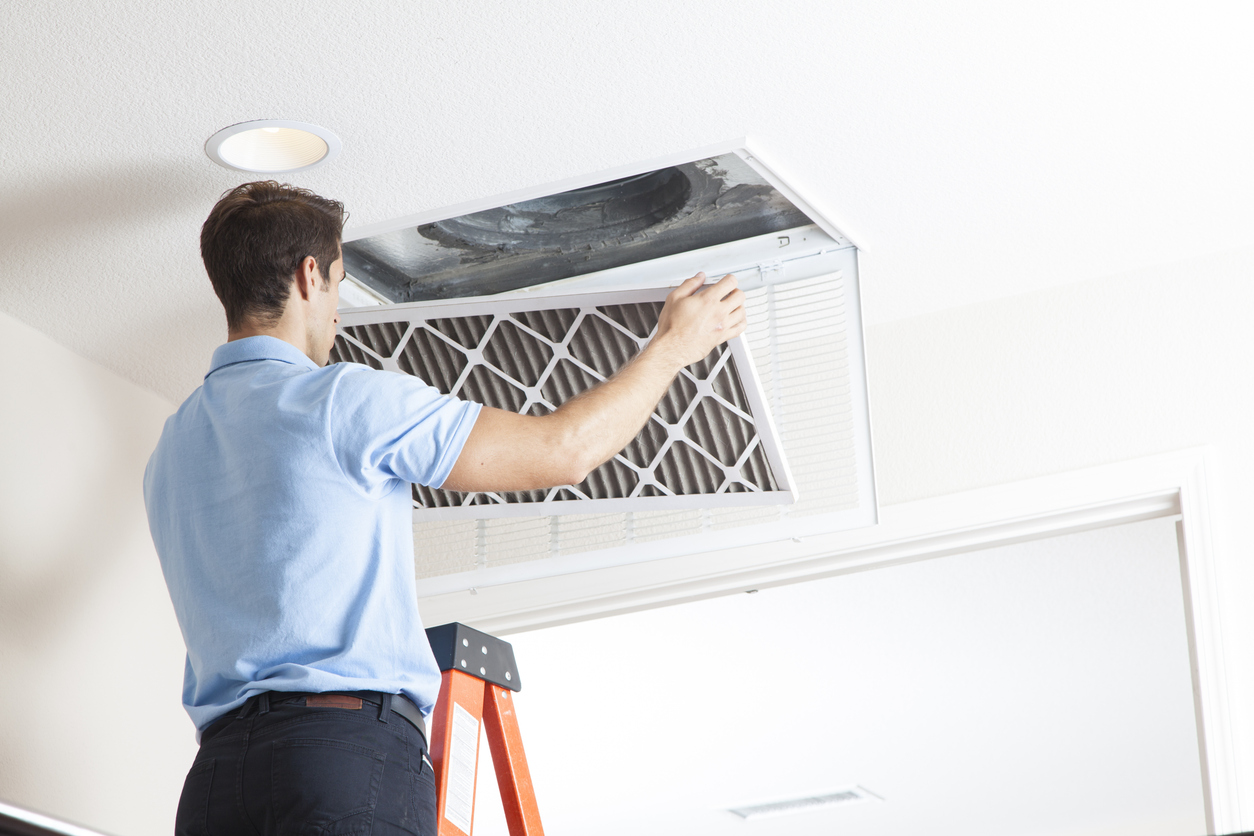
The part of your HVAC system you think the least about is your ducts. You might get them cleaned now and then, but most of the time you worry about your furnace, air conditioner, and thermostat. However, your ductwork significantly impacts the HVAC efficiency of the entire season. If your ductwork is not properly designed and sealed, you are likely spending more while experiencing uneven temperature distribution.
The Significance of Ductwork in HVAC Efficiency
Your ductwork is your home’s circulatory system. It transports conditioned air from the central unit to each room and space in the building. Inefficient ductwork means air is not being transported properly through the building, resulting in uneven temperatures, reduced system performance, and strain on your system.
Improperly sealed ductwork causes conditioned air to escape outside or into unconditioned spaces like crawlspaces and attics. One way to check your duct system is to close all exterior doors and windows, close all interior doors, and turn on the central system. Crack each door one at a time and release them. If you have an air pressure problem, the door will either close or open further.
The Impact of Poorly Designed Ductwork on HVAC Efficiency
Poorly designed ductwork can result in several efficiency issues including:
- Airflow Restrictions. If your vents are in less-than-ideal locations or your ducts are of the incorrect size, then airflow becomes restricted. This causes pressure imbalances as well as hot/cold spots.
- Leaky Ducts. Ductwork often develops leaks over time. These leaks waste energy by allowing hot and cold air to escape from the system, resulting in higher bills and decreased comfort.
- Inefficient Distribution. Lastly, a poorly designed system can distribute air unevenly, resulting in temperature disparities between rooms. The HVAC system then works harder to compensate, but in some cases, it may make a room hard to use.
Key Considerations for Ductwork Design
Optimizing HVAC efficiency requires paying attention to the layout and design of ductwork in new buildings. Key considerations include:
- Proper sizing. Ducts need to be the right size for the specific airflow requirements of each room.
- Strategic layout. Lay out ductwork to minimize bends and transitions, which smooths out airflow.
- Insulation. Properly insulate the ductwork that runs through unconditioned spaces to prevent heat gain or loss.
- Return air pathways. The door test is a great way to detect inadequate return air pathways. This allows air and energy to flow through the system.
With existing buildings, you might not be able to fix layout issues, but you can add insulation and ensure furniture is not blocking vents.
The Importance of Duct Sealing
While you might not be able to fix your layout, you can seal your ducts. Seal all ducts properly. Common techniques include:
- Mastic sealant. This is applied to duct joints and seams to render them airtight.
- Metal tape. High-quality metal tape is also used to seal joints and connections.
- Aeroseal technology. This is an innovative aerosolized sealant that seals all leaks from the inside, not just those at joints, making for thorough coverage.
The Benefits of Properly Designed and Sealed Ductwork
Paying proper attention to your ductwork is an investment, especially if you are doing renovations to improve the layout. However, it has numerous benefits, such as:
- Improved energy efficiency. Proper ductwork lowers utility bills and reduces your carbon footprint.
- Enhanced comfort. By supporting consistent airflow and temperature distribution, good ductwork reduces drafts and removes hot and cold spots.
- Extended HVAC lifespan. Improving airflow reduces how hard your HVAC system has to work, prolonging its lifespan and reducing the risk of failure.
- Better indoor air quality. Sealing your ductwork prevents pollen, dust, allergens, and pollutants from getting into your system from the outside.
Ductwork design and sealing are key to maximizing your HVAC’s efficiency and your comfort. Effective ductwork sealing can go a long way toward optimized energy conservation and indoor comfort. Contact us today to find out more and schedule an inspection of your ductwork.


